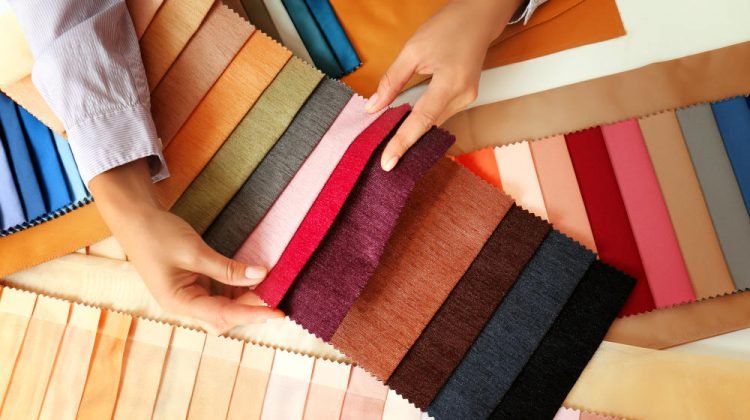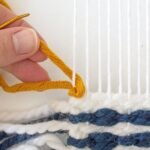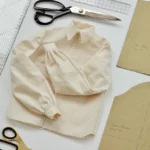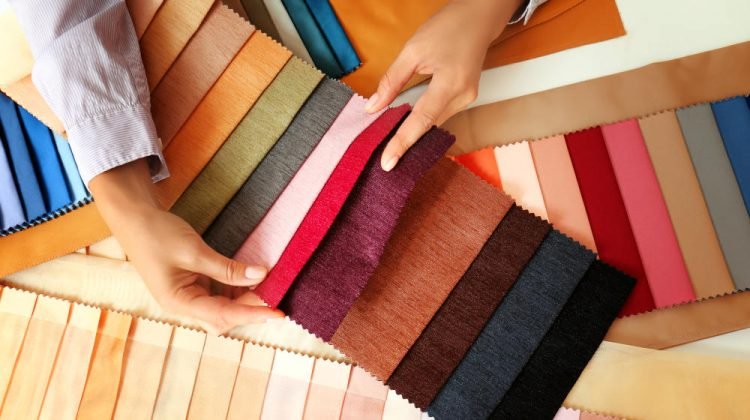Sewing different types of fabrics can be a rewarding yet challenging experience. Each fabric type has unique characteristics that affect how it should be sewn. Whether you’re working with cotton, silk, denim, or knits, understanding the specific needs of each fabric will help you achieve professional-looking results. Here’s a guide to sewing various fabrics and ensuring your projects turn out beautifully.
1. Sewing Cotton
Characteristics:
Cotton is a versatile and easy-to-sew fabric with a smooth texture. It’s often used for garments, quilting, and home décor.
Tips and Techniques:
- Needle: Use a universal needle or a 70/10 to 80/12 size needle.
- Thread: Opt for all-purpose polyester or cotton thread.
- Stitch Length: A standard stitch length of 2.5mm to 3.0mm works well.
- Presser Foot: Use a regular presser foot or a walking foot for thicker cottons.
- Seam Finish: Use a zigzag stitch or a serger to finish edges and prevent fraying.
Techniques:
- Press as You Sew: Press seams open as you sew to keep the fabric flat.
- Prewash Fabric: Prewash cotton to prevent shrinkage after the garment is made.
2. Sewing Silk
Characteristics:
Silk is a delicate and slippery fabric known for its luxurious feel and sheen. It requires careful handling to avoid puckering and shifting.
Tips and Techniques:
- Needle: Use a fine, sharp needle (60/8 or 70/10) to avoid snags.
- Thread: Use silk thread or a fine polyester thread.
- Stitch Length: A shorter stitch length of 1.5mm to 2.0mm is ideal.
- Presser Foot: Use a walking foot or a teflon presser foot to prevent slipping.
- Seam Finish: Finish seams with a French seam or bias tape to keep the edges clean.

Techniques:
- Pinning: Use silk pins or fabric clips to avoid leaving holes.
- Press with Care: Press silk on the wrong side with a low heat setting and a pressing cloth to avoid shine.
3. Sewing Denim
Characteristics:
Denim is a sturdy and heavy fabric often used for jeans and jackets. It requires special handling due to its thickness and density.
Tips and Techniques:
- Needle: Use a heavy-duty or denim needle (90/14 or 100/16) to handle the thickness.
- Thread: Use polyester or heavy-duty thread for durability.
- Stitch Length: A longer stitch length of 3.0mm to 4.0mm is suitable.
- Presser Foot: A walking foot or a roller foot helps feed the thick fabric evenly.
- Seam Finish: Use a serger or a zigzag stitch to prevent fraying.
Techniques:
- Prewash Fabric: Prewash denim to soften it and prevent shrinkage.
- Reinforce Seams: Use double stitching or bar tacks at stress points for added strength.
4. Sewing Knits
Characteristics:
Knits are stretchy fabrics that include jersey, rib knit, and interlock. They require special techniques to handle the stretch and avoid distortion.
Tips and Techniques:
- Needle: Use a ballpoint or stretch needle (75/11 or 90/14) designed for knits.
- Thread: Use a stretch or polyester thread to accommodate the fabric’s stretch.
- Stitch Length: A slightly longer stitch length of 3.0mm to 4.0mm is recommended.
- Presser Foot: Use a walking foot or a stretch foot to handle the fabric’s movement.
- Seam Finish: Use a serger, zigzag stitch, or a cover stitch machine for finishing seams.
Techniques:
- Avoid Stretching: Do not stretch the fabric while sewing to avoid distortion.
- Use Stabilizers: Use knit stay tape or fusible interfacing in areas where you need to prevent stretching.
5. Sewing Wool
Characteristics:
Wool is a warm, flexible fabric often used for coats and suits. It requires careful handling to maintain its shape and texture.
Tips and Techniques:
- Needle: Use a wool or ballpoint needle (80/12 or 90/14) to prevent damage.
- Thread: Use polyester or woolly nylon thread for strength.
- Stitch Length: A medium stitch length of 2.5mm to 3.0mm is suitable.
- Presser Foot: Use a walking foot to manage the fabric’s movement.
- Seam Finish: Use a zigzag stitch or a serger for seam finishing.
Techniques:
- Press with Steam: Use steam to press wool and shape your seams.
- Avoid Overheating: Do not overheat the fabric as it may shrink or felt.
Conclusion
Each fabric type comes with its own set of challenges and requirements. By understanding the characteristics of cotton, silk, denim, knits, and wool, and applying the appropriate sewing techniques, you can handle a variety of fabrics with confidence. Proper tools, careful techniques, and a little practice will help you achieve professional results in your sewing projects. Happy sewing!










